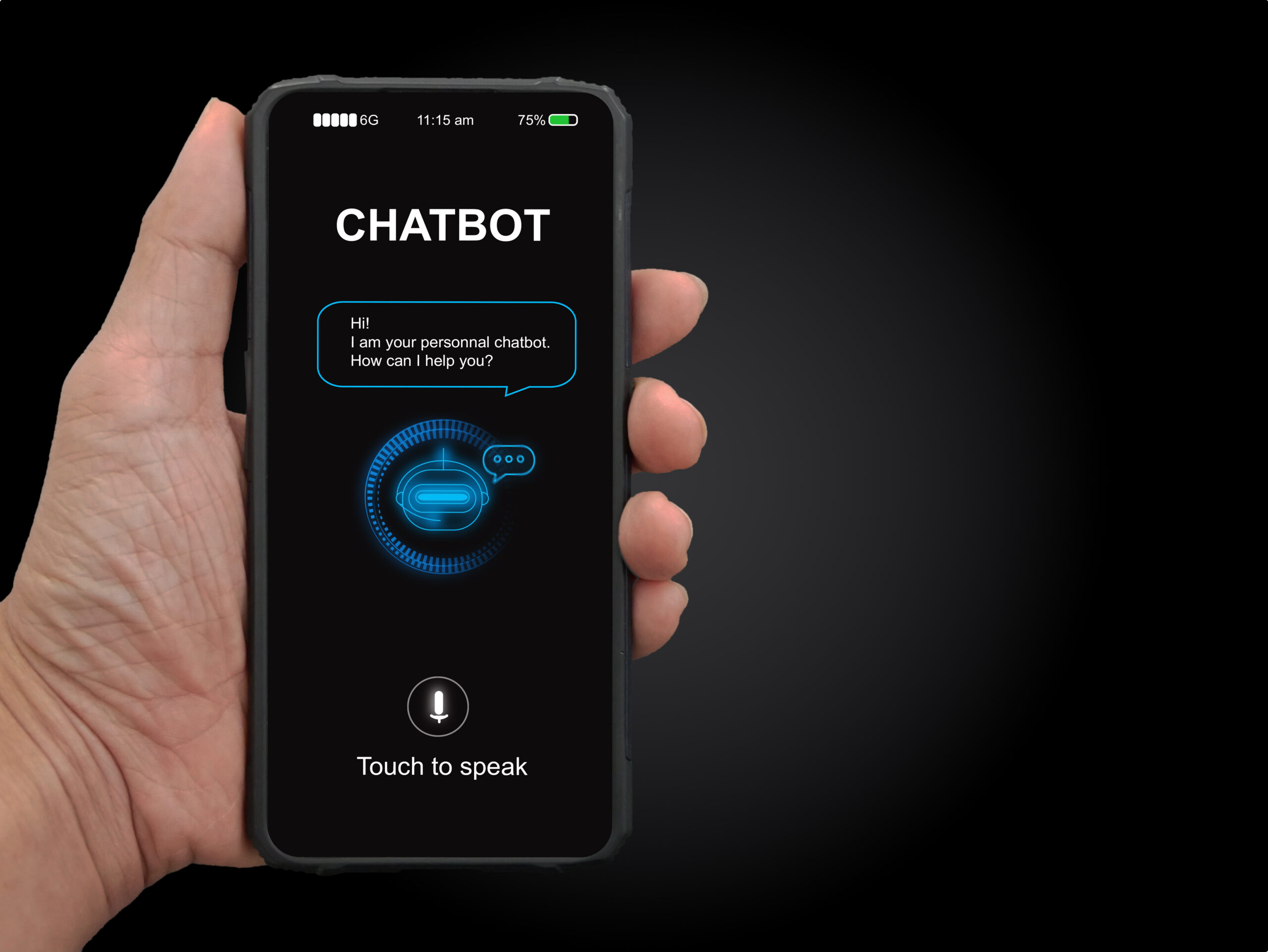
Web Development Service
AI-powered mobile and web applications are software applications that incorporate artificial intelligence (AI) and machine learning (ML) algorithms to provide advanced features and functionality. AI-powered applications can analyze large amounts of data, make predictions, and provide personalized experiences for users.
Some examples of AI-powered mobile and web applications include:
- Virtual personal assistants: AI-powered personal assistants like Siri and Google Assistant use natural language processing (NLP) and machine learning algorithms to understand user requests and provide helpful responses.
- Chatbots: AI-powered chatbots can provide customer support and answer frequently asked questions in real-time.
- Recommendation engines: Recommendation engines like Netflix and Amazon use AI algorithms to analyze user behavior and provide personalized recommendations for movies, TV shows, and products.
- Image and speech recognition: AI-powered image and speech recognition technologies can be used to identify objects, people, and even emotions in images and videos.
- Fraud detection: AI-powered fraud detection algorithms can analyze user behavior and identify suspicious activities, helping to prevent fraud and protect user data.
Developing AI-powered mobile and web applications involves many of the same steps as traditional software development, including defining requirements, designing the user interface, and implementing the features and functionality. However, AI-powered applications also require additional steps, such as training and testing the AI algorithms and integrating them into the application.
There are many tools and frameworks available for developing AI-powered mobile and web applications, including TensorFlow, PyTorch, and Keras. These tools provide developers with pre-built AI models and libraries that can be used to accelerate the development process and create more powerful and sophisticated applications.
Some examples of AI-powered mobile and web applications include:
- Virtual personal assistants: AI-powered personal assistants like Siri and Google Assistant use natural language processing (NLP) and machine learning algorithms to understand user requests and provide helpful responses.
- Chatbots: AI-powered chatbots can provide customer support and answer frequently asked questions in real-time.
- Recommendation engines: Recommendation engines like Netflix and Amazon use AI algorithms to analyze user behavior and provide personalized recommendations for movies, TV shows, and products.
- Image and speech recognition: AI-powered image and speech recognition technologies can be used to identify objects, people, and even emotions in images and videos.
- Fraud detection: AI-powered fraud detection algorithms can analyze user behavior and identify suspicious activities, helping to prevent fraud and protect user data.
There are many tools and frameworks available for developing AI-powered mobile and web applications, including TensorFlow, PyTorch, and Keras. These tools provide developers with pre-built AI models and libraries that can be used to accelerate the development process and create more powerful and sophisticated applications.
Don't hesitate to contact us
Call Us
Write to us
info@roi-apps.com
Address
US: 201 St Charles Ave Suite 2500,
New Orleans, LA 70170